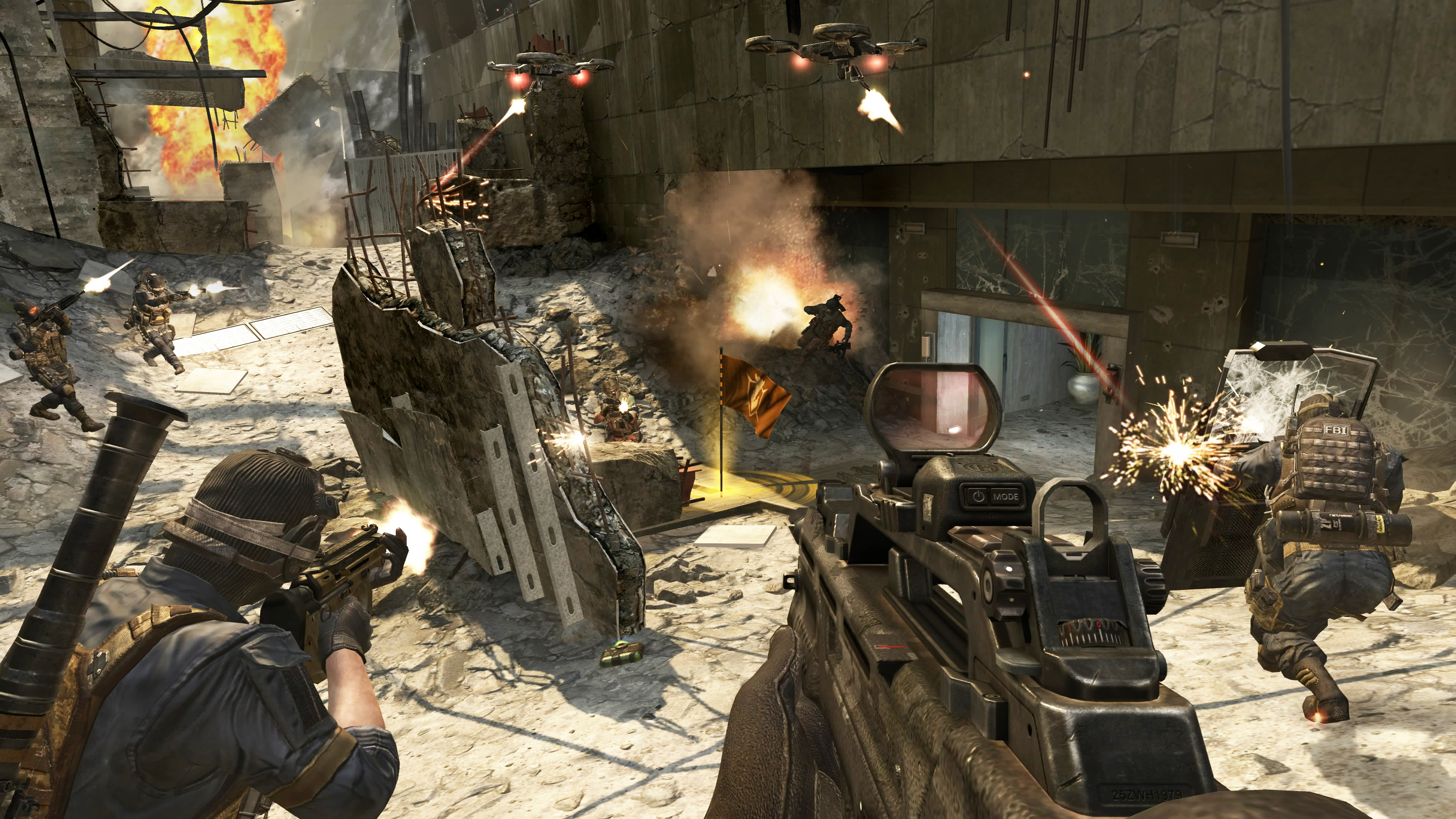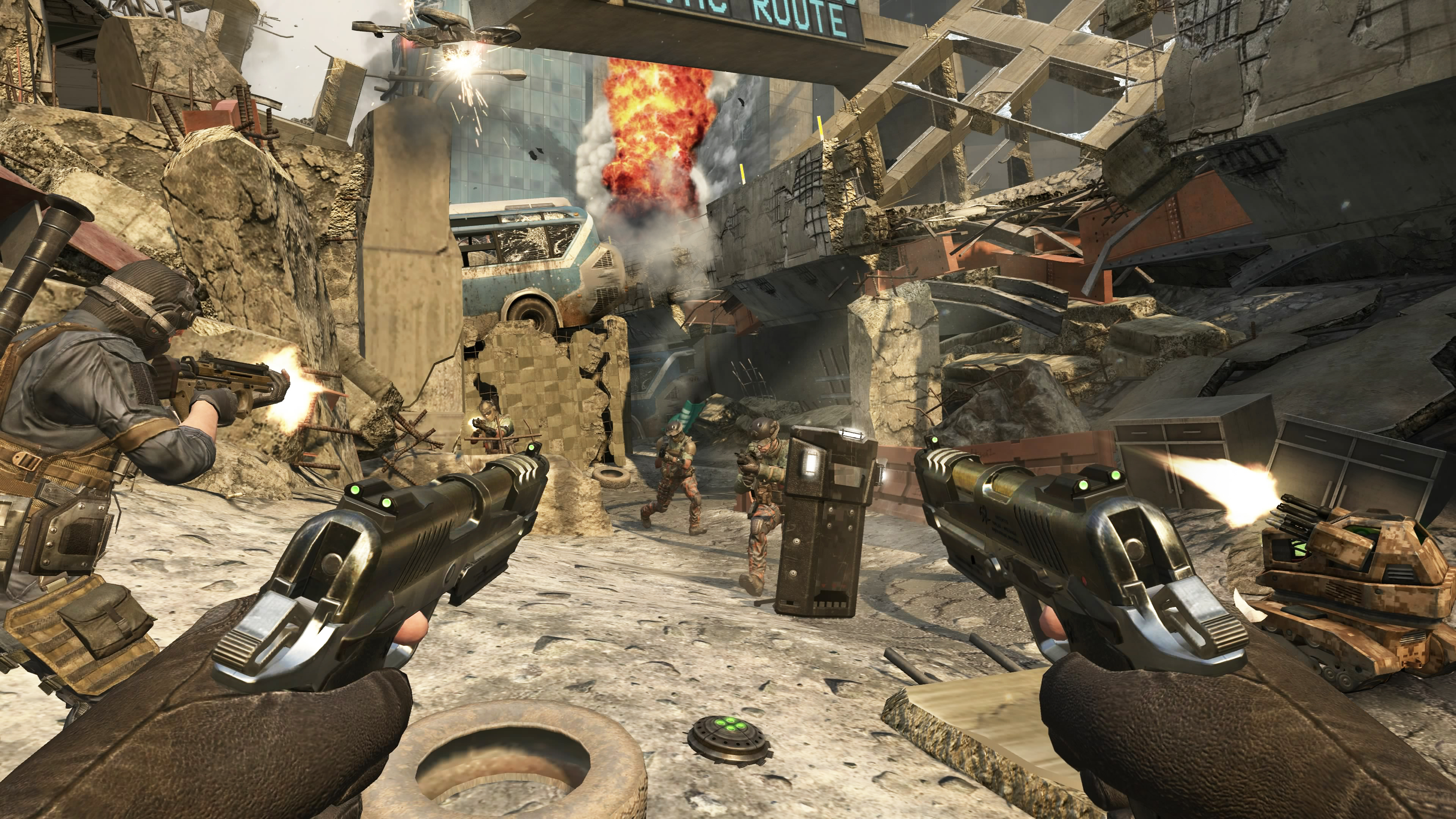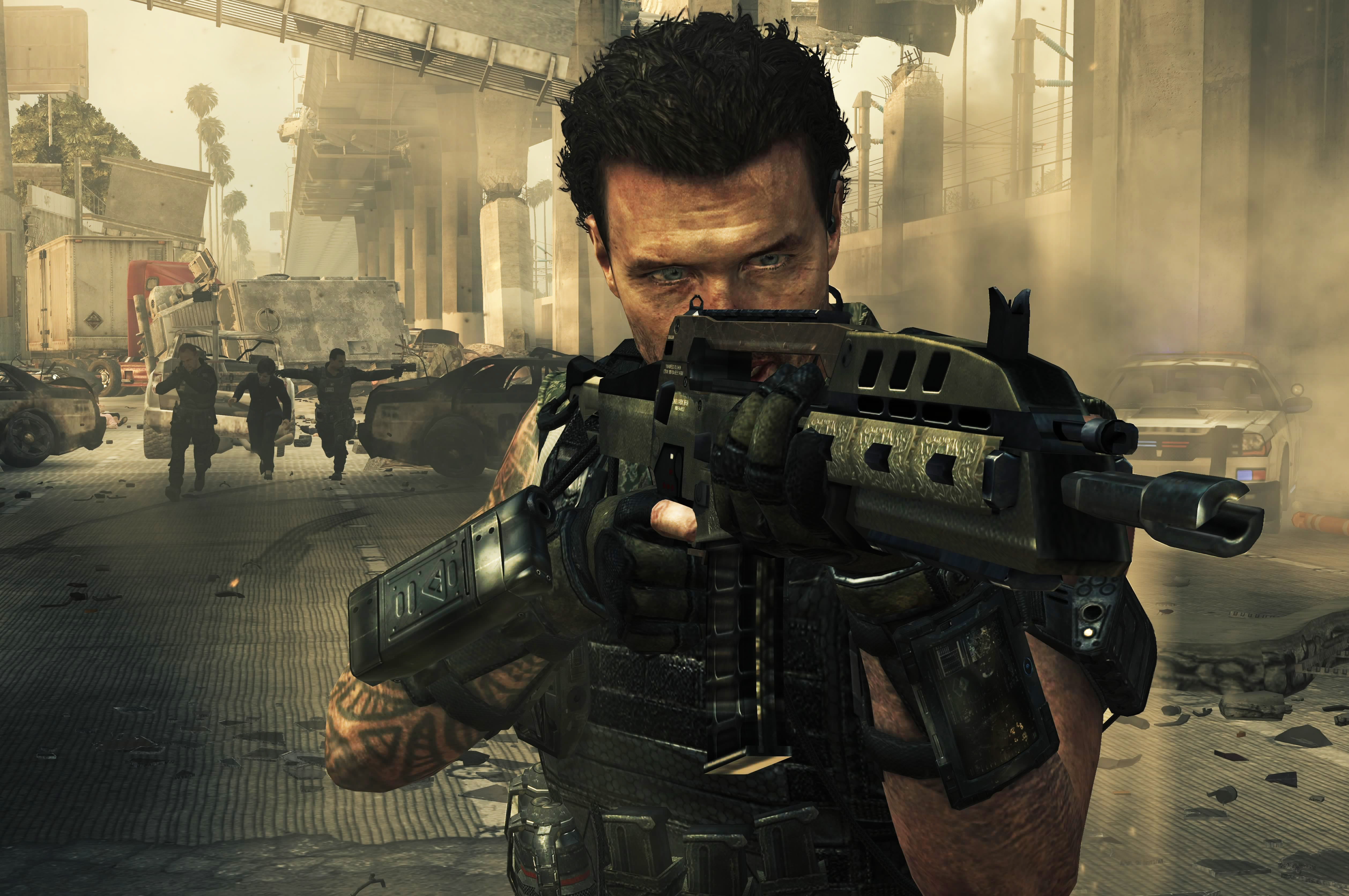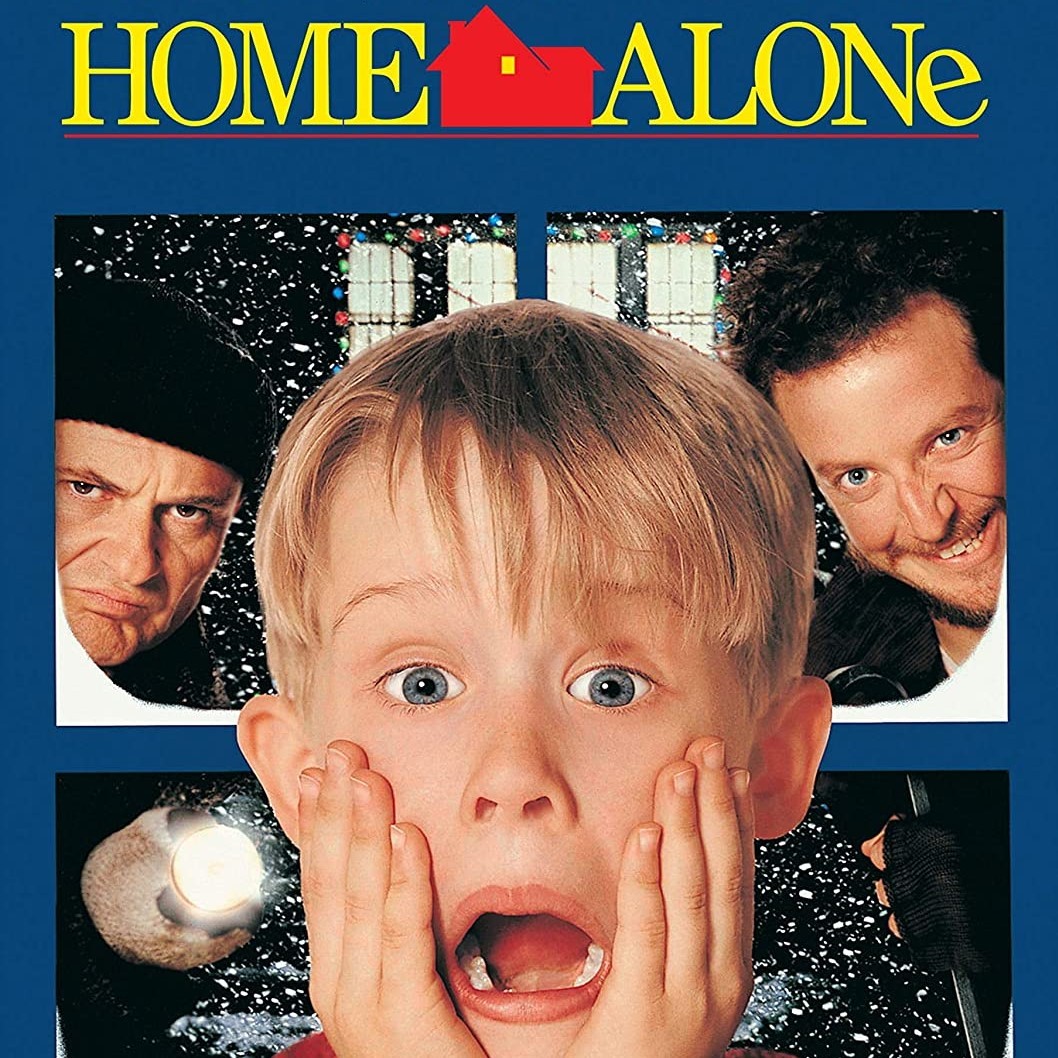Call of Duty: Black Ops II perpetuates the series' legacy with its unyielding action sequences, precise shooting dynamics, and captivating storytelling that have become its hallmark. This particular entry walks a fine line between the past and the future, landing somewhere in the middle where nostalgia meets innovation. The sequel leverages background stories set in Cold War flashpoints and futurist military combat.
Main Gameplay and Unique Features
Set in the throes of the first Cold War and a prospective second, Black Ops II presents an episodic narrative. The players control Alex Mason and his son David, who navigate the murky geopolitical terrain filled with historical figures, political intrigue, and challenging military operations. Using flashback as a narrative device to alternate between the Cold War period and a futuristic setting in 2025 adds a dynamic quality to the storyline.
One striking feature of Call of Duty: Black Ops II is its new 'Strike Force' missions. These special missions impact the course of the overall story, presenting the player with strategic choices that make the gameplay even more engaging. They incorporate strategic game elements as players command entire squads in sandbox-style levels, highlighting the game's attempt at integrating various styles of play.
Expanding on Gameplay Details in Call of Duty: Black Ops II
In Call of Duty: Black Ops II, the gameplay mechanics showcase both refined classic COD elements and innovations that bring a fresh perspective to the series. The game persists with its fast-paced, kinetic shooting action, using the FPS genre's traditional shooting design combination of simple point-and-shoot mechanics and strategic use of cover.
The single-player campaign, split between two time periods – the late 1980s and 2025, allows players to experience warfare in contrasting eras. The Cold War missions emphasize stealth and varied environments, including cities, jungles, and war-ravaged ruins. These sections are replete with intense run-and-gun sequences, sniping missions, and even horseback combat.
The futuristic 2025 missions involve both ground and aerial combat, with players using high-tech weaponry, drones, and futuristic jet fighters. One standout mission has the player controlling a winged battlesuit, soaring high above downtown L.A. These levels create a sense of true urban warfare, grappling with threats from both ground and sky.
Incorporating "Strike Force" missions adds a new layer to the gaming experience. These missions serve as break points in the campaign storyline where the player will have to make strategic decisions that affect the subsequent storyline. Dropping into various hotspots around the world, players must manage units and resources, swapping between combat drones, soldiers, and mechs on the fly. These high-pressure missions offer a compelling mix of tactical oversight and gameplay variety.
Black Ops II sets a new standard for multiplayer shooters. The first key change is the Pick 10 system, which revolutionizes the way players configure their load-outs. Given ten slots, players can mix and match weapons, attachments, perks, and other equipment, allowing for a heightened level of personal customization.
Moreover, the game introduces new Score Streaks, rewarding players not just for getting kills but also for completing objectives. This change promotes teamwork, cooperation, and diversified play styles, which are refreshing improvements over previous versions.
"Zombies" mode, another integral part of the Black Ops II package, returns with a more extensive map and a new 8-player mode. It creates a wonderfully chaotic cooperative experience and rounds off an already feature-packed game, extending its replayability.
In sum, the gameplay in Call of Duty: Black Ops II is a thrilling and comprehensive package, combining traditional action with tactical complexity across its single-player and multiplayer.
The hallmark of any Call of Duty game, the heart-pounding multiplayer mode, delivers intense combat experiences in Black Ops II. Enhanced customization features, along with fresh maps emphasizing vertical combat by elevating the action aloft, expand the excitement of cooperative team conflict in the game.
Shortcomings: Time-tunnel Gaps
While Call of Duty: Black Ops II exhibits many strong points, it also possesses a notable number of shortcomings. One glaring issue stems from the gaps between the two timelines in the story - the 1980s and 2025. At times, the connection between these two eras seems forced and inconsistent, disrupting the seamless narrative flow. Some players might also find the campaign relatively short, needing more depth to fully capitalize on its dual timelines concept.
Final Thoughts
Call of Duty: Black Ops II has been met with generally favorable reviews from players. The game's intriguing narrative that meshes past and future has been particularly well received. Players appreciate the seamless transitions between different types of combat — from sniper missions to close-quarters shootouts to strategic squad warfare. For numerous players, the multiplayer mode continues to stand out due to its fast-paced action, intricate strategy, and wide-ranging personalization choices.
However, some players have called out the underwhelming narrative linkage between the two timelines and the feeling that the campaign could have squeezed out more gameplay hours. Despite these minor misgivings, Call of Duty: Black Ops II remains an immersive, action-packed war game that delivers on key fronts.
Pros
- Engaging dual timeline narrative
- Well-executed 'Strike Force' missions
- Deep and customizable multiplayer mode
- High-quality graphics and sound design
Cons
- Inconsistent linkage between two eras
- Relatively short campaign length.


















